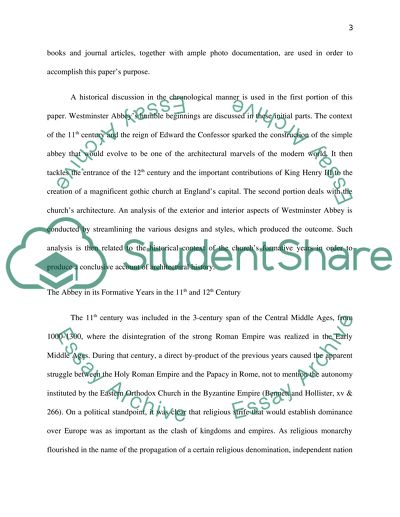Cite this document
(“The Historical Influences in the Architectural Design of the Essay”, n.d.)
Retrieved from https://studentshare.org/architecture/1448441-historical-influences-of-architectural-design-of
Retrieved from https://studentshare.org/architecture/1448441-historical-influences-of-architectural-design-of
(The Historical Influences in the Architectural Design of the Essay)
https://studentshare.org/architecture/1448441-historical-influences-of-architectural-design-of.
https://studentshare.org/architecture/1448441-historical-influences-of-architectural-design-of.
“The Historical Influences in the Architectural Design of the Essay”, n.d. https://studentshare.org/architecture/1448441-historical-influences-of-architectural-design-of.


